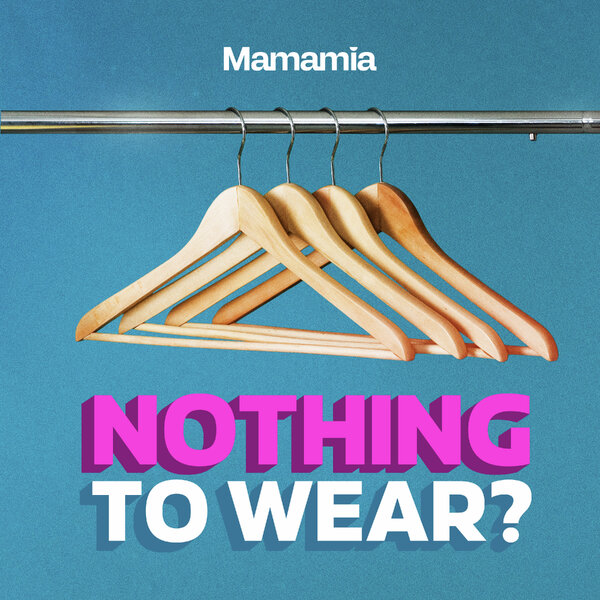According to Aussie retailer Witchery, there is one piece missing from your current wardrobe.
No, it’s not a pair of shoes you can actually walk in without getting blisters or a pair of black work pants that don’t give you a wedgie when you sit down.
It’s the “reinvented corset belt”.
The latest issue of their online magazine Witchery Report includes a feature entitled “It’s a cinch” which demonstrates why the accessory is a key styling piece for the cooler months.





























































































